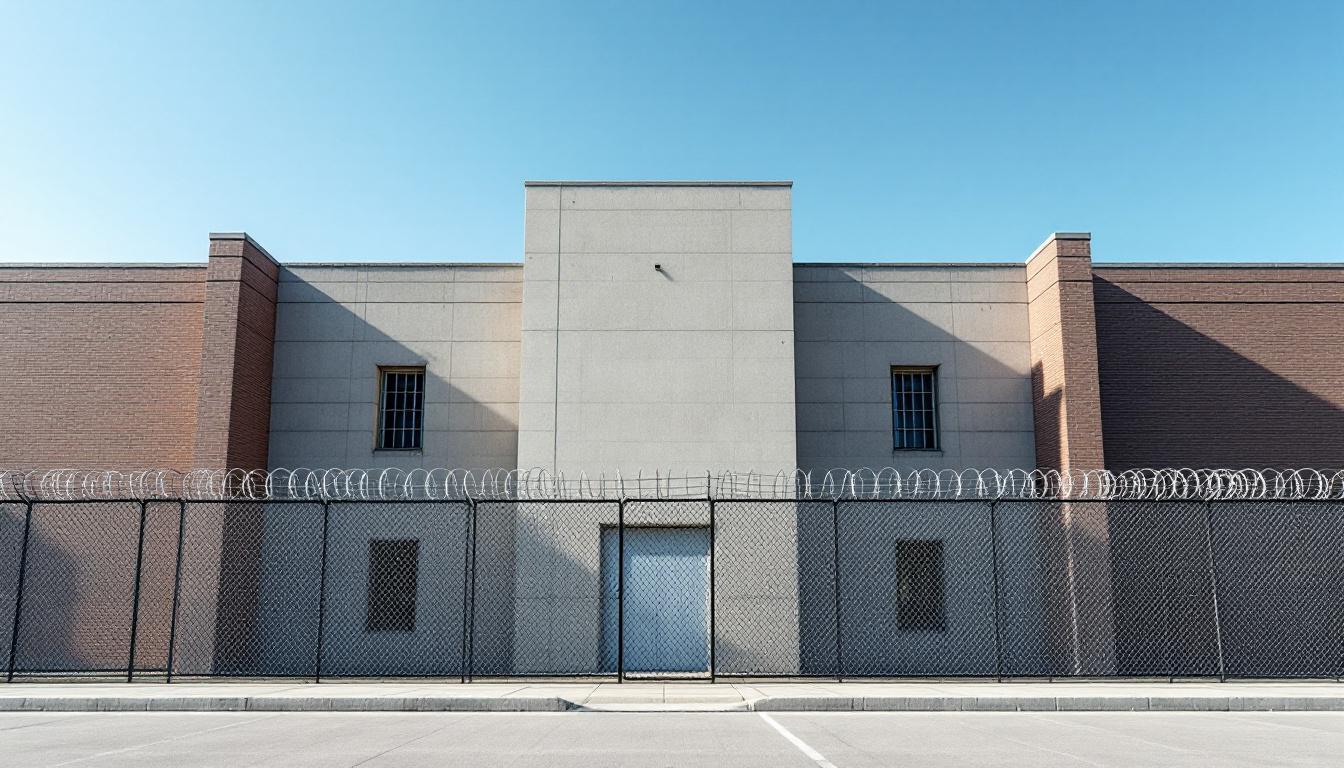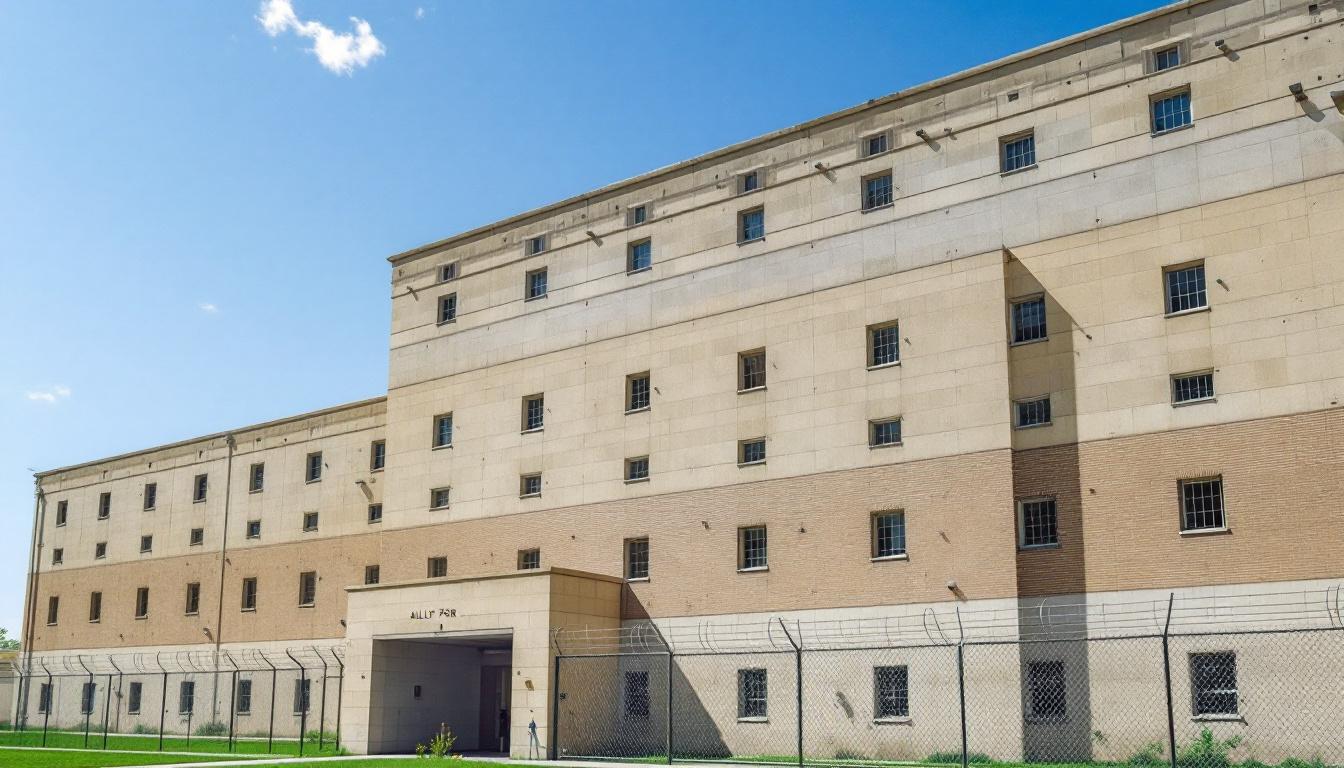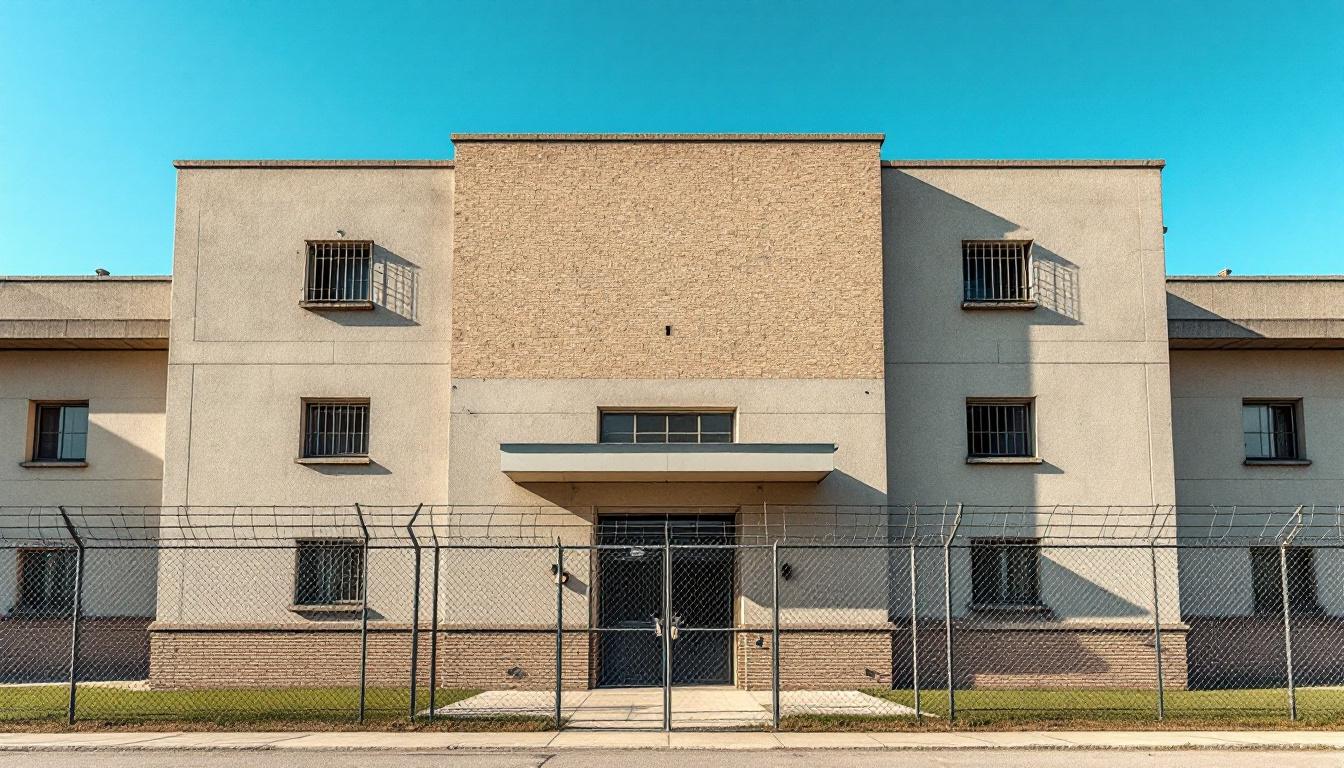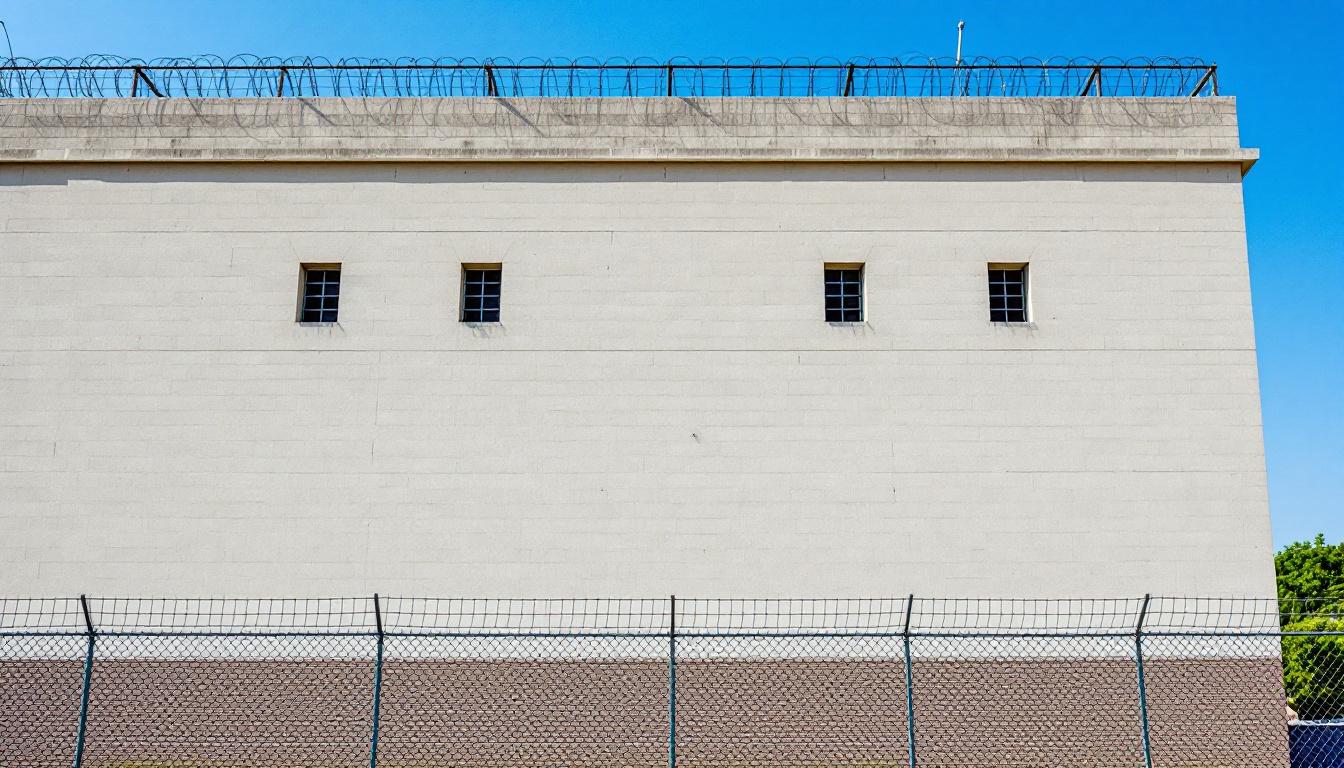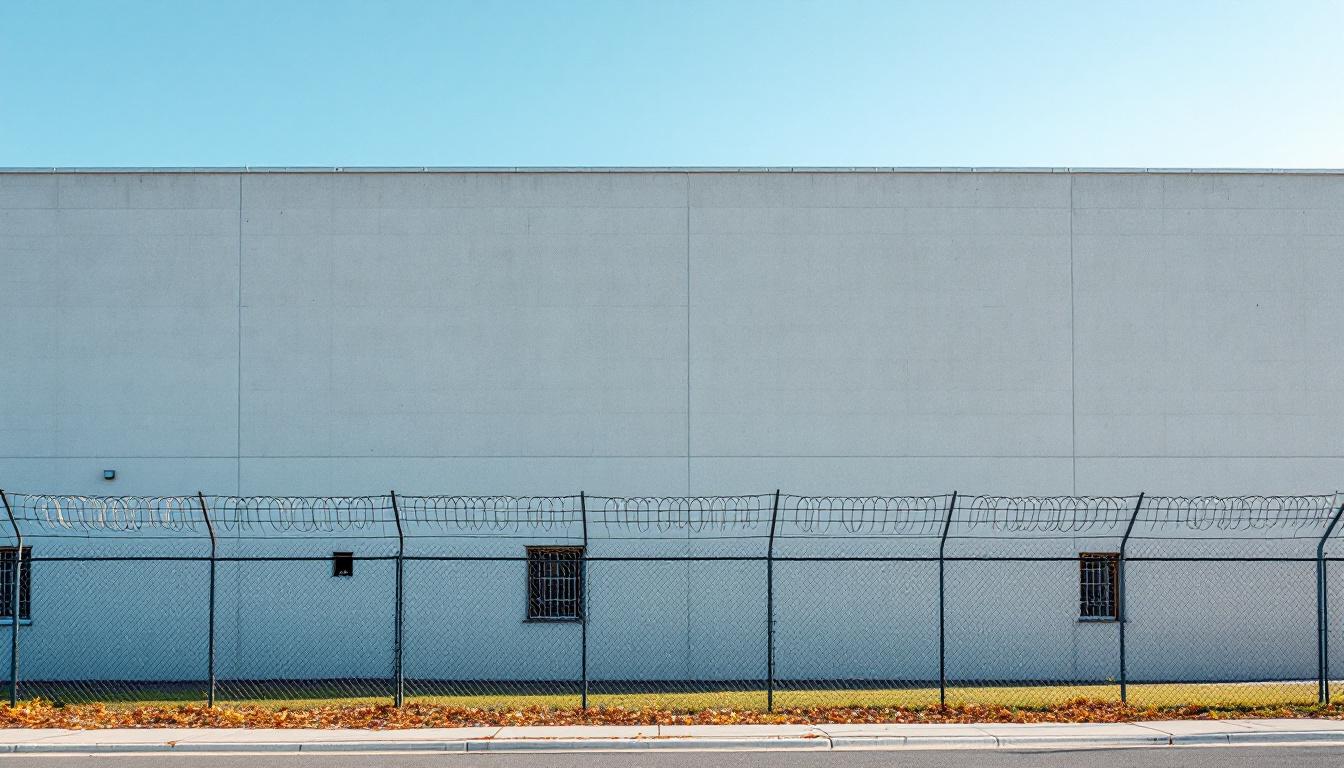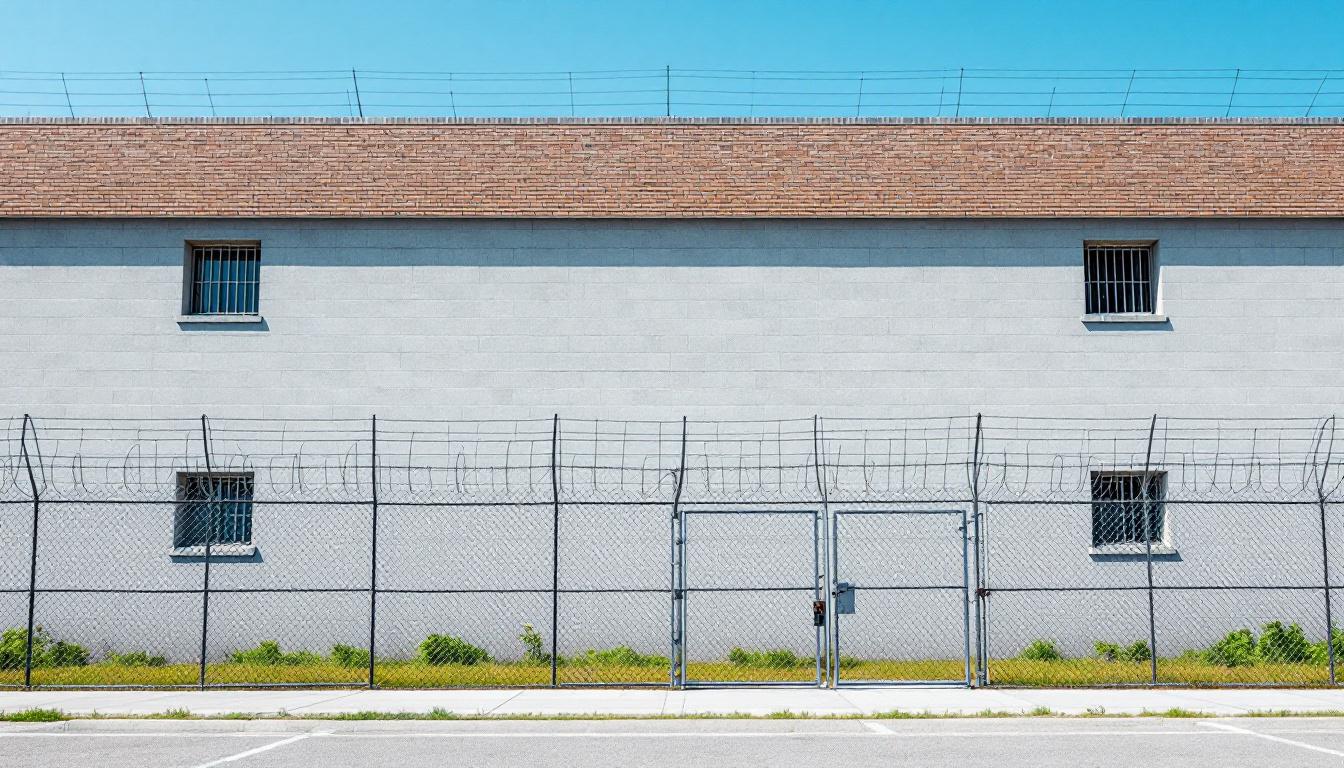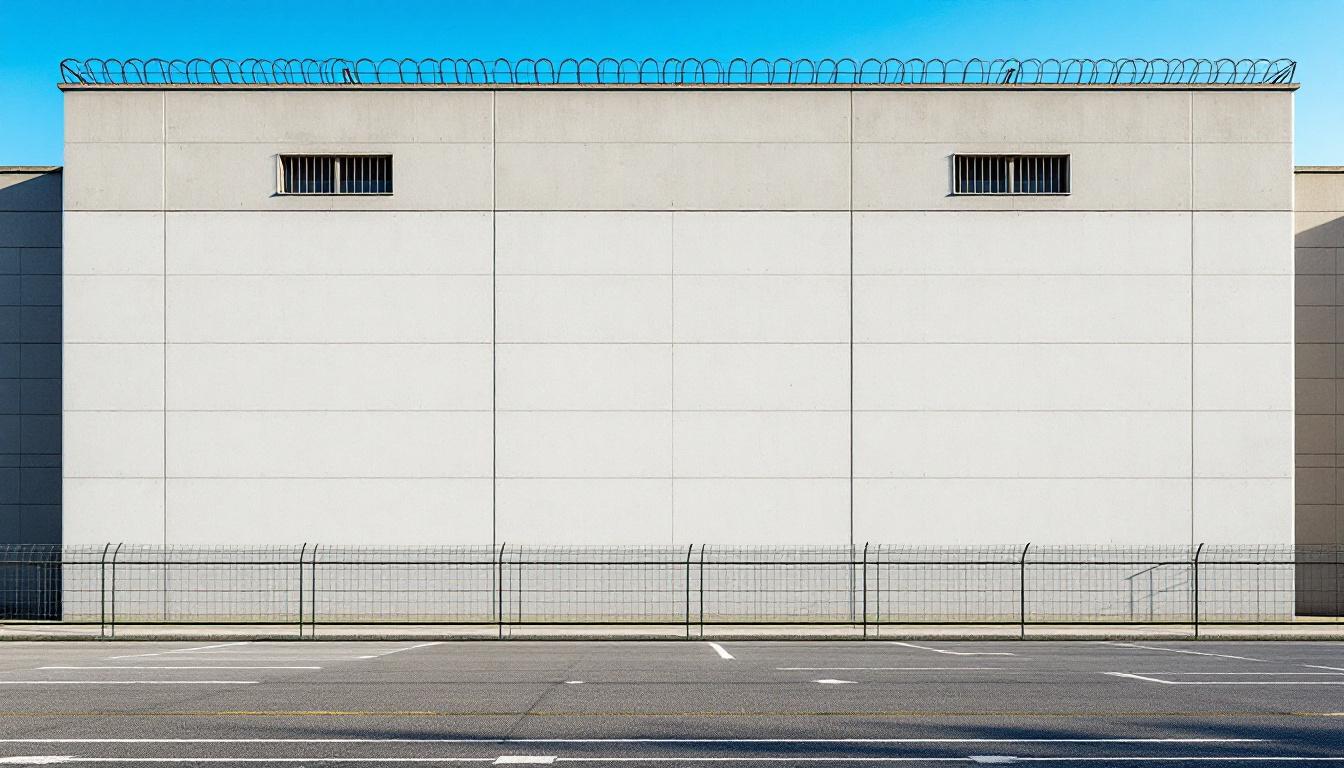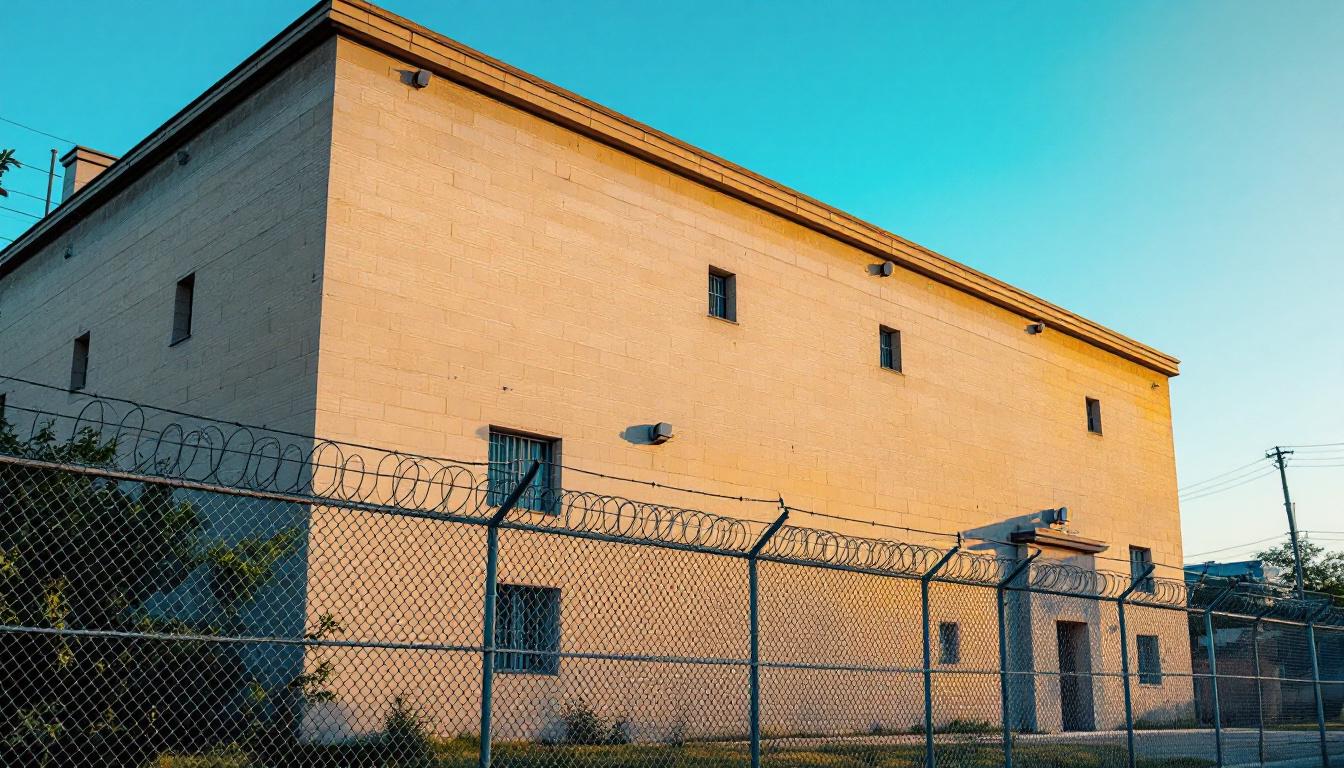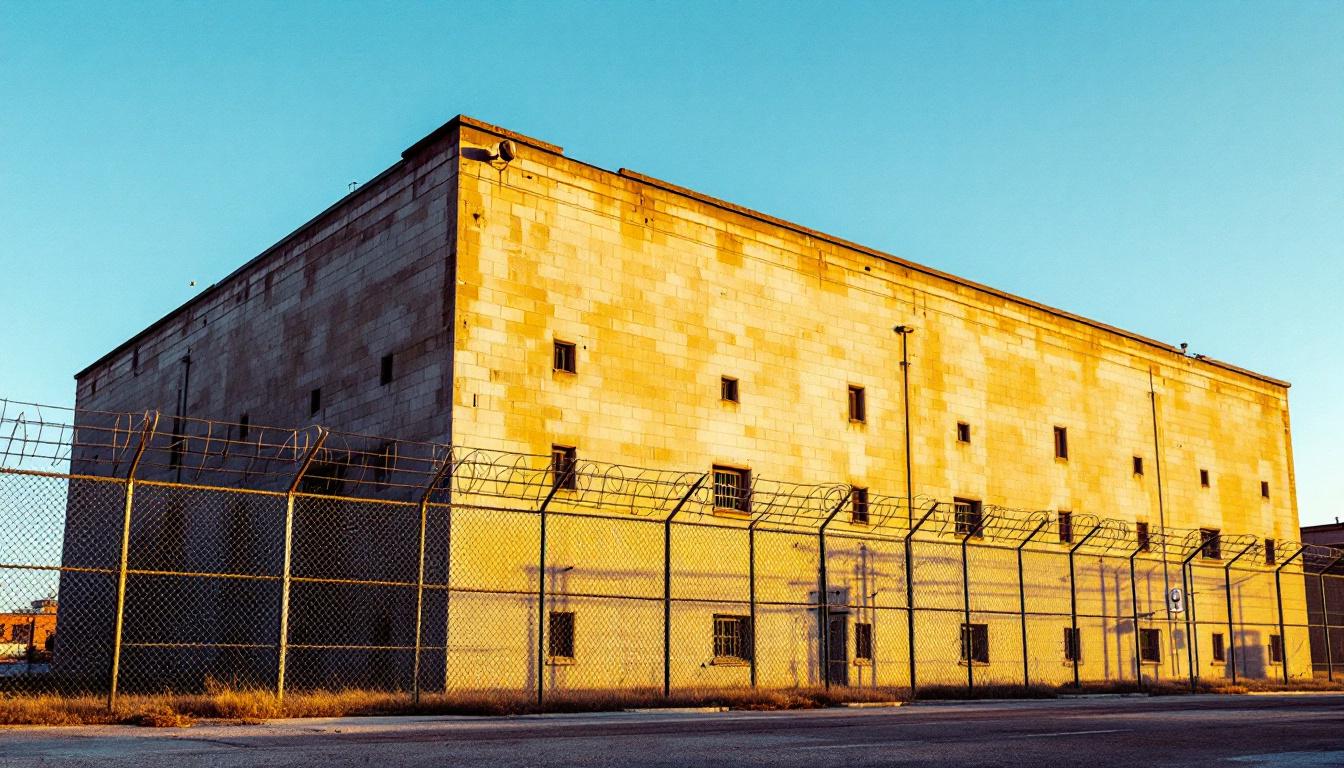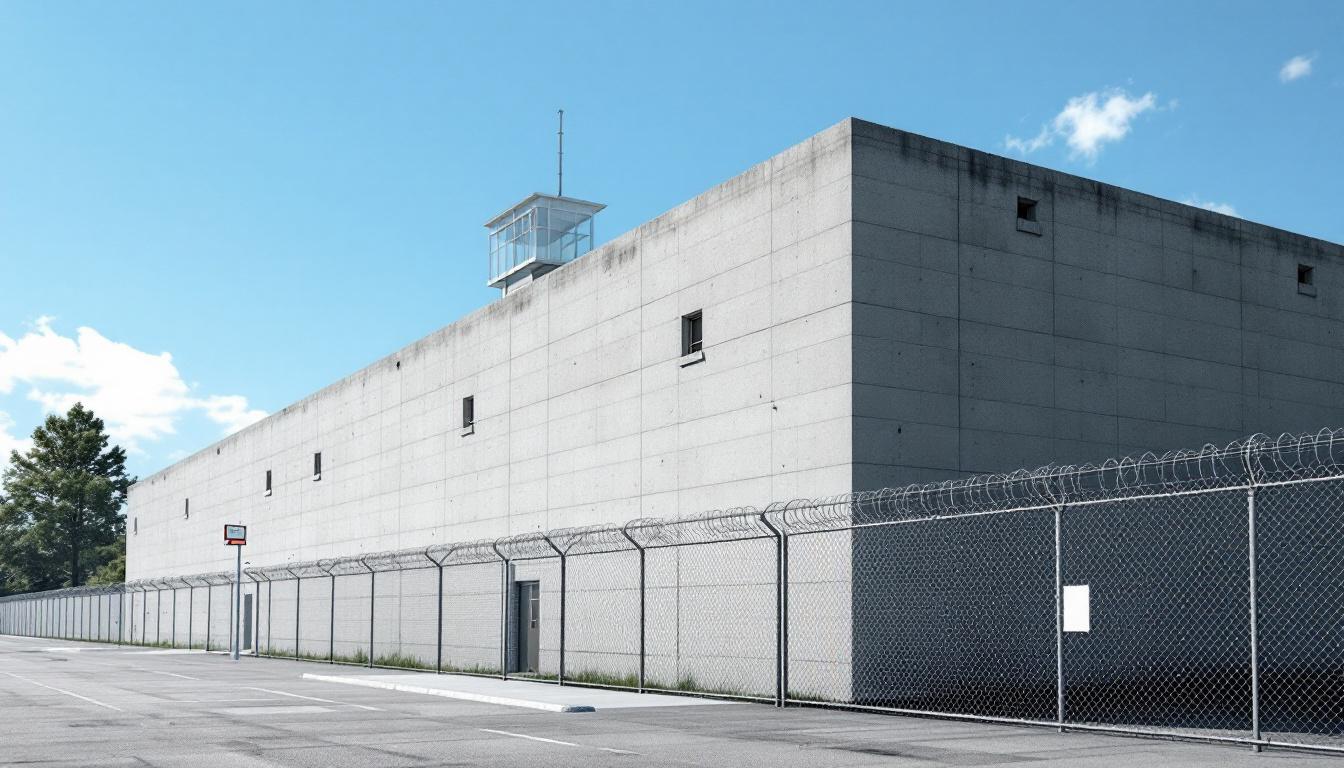
Quick Navigation
How to contact an inmate at Tri-County Community Corrections
This comprehensive guide will walk you through how to connect with an inmate at Tri-County Community Corrections. Follow the steps below to find an inmate and send letters and photos:
- Search for the inmate using our search tool below
- Create your account or log in to Penmate
- Write your message (up to 6,000 characters)
- Send instantly - inmates receive printed copies daily
Find an Inmate
Search for an inmate to start communicating today
Tip: You can search by first name, last name, or inmate ID number
To contact a person at Tri-County Community Corrections start by searching for the person on the official facility website. Perform a search by following these steps:
- Step 1: Enter their first name and last name into the search form and click "Search"
- Step 2: Locate their inmate record
- Step 3: Write down their Inmate ID and any housing information provided
Important! Be sure to enter the person's full name. Nicknames should not be used.
How to Send Messages to Inmates

You can use your phone or computer to send emails, letters, and photos to an inmate. Messages are sent electronically to inmate tablets or kiosks at the facility. If you would like to send a message, start by searching for an inmate at Tri-County Community Corrections.
Sending Photos and Postcards

A great way to send love and support to a loved one at Tri-County Community Corrections is to send photos and postcards. It only takes a few minutes to send photos from your phone and it makes a huge difference. You can also mail postcards with words of support and inspiration, or design your own postcard for special moments like birthdays and holidays.
Important! Be sure not to send any explicit photos or they may not be approved by the facility. You can also use a photo printing app like Penmate to make sure your photos are printed at the correct size (4x6 or 3x5) and are mailed according to the rules and regulations of Tri-County Community Corrections.
Frequently asked questions about Tri-County Community Corrections
-
How long does it take to deliver a message?
If you're sending an email message your letter is usually delivered within 24-48 hours. For messages sent via mail you should expect delivery within 3-7 days. All messages will need be approved by Tri-County Community Corrections.
-
How much does it cost to send a message to Tri-County Community Corrections?
You can send a message free using your phone or mail a message via USPS for the price of a $0.60 stamp and envelope. You can also purchase credits or e-stamps from services starting at $1.99.
-
What services can I use to contact an inmate at Tri-County Community Corrections?
Penmate
You can use Penmate to send letters and photos to an inmate from your phone. It's an easy way to stay in touch during your loved one's incarceration. Use the inmate locator to find an inmate's location and contact information, then you can send messages within a few minutes.
Securus messaging
Securus may be another option for communicating with an inmate at Tri-County Community Corrections. You can create a friends and family account and purchase credits to send messages. All messages will be reviewed and must be approved by the facility.
JPay
Some county jails and state prisons may support sending messages with JPay. You must register an account with the system, find your loved one, and purchase stamps to send messages. For some locations you can also attach photos.
Smart Jail Mail
You may also check if Smart Jail Mail is available at Tri-County Community Corrections. Smart Jail Mail is operated by Smart Communications and has contracted with some state and county jails. After purchasing credits, your messages and photos are sent to the facility, printed out, and then handed out to your loved one.
-
What is the mailing address of Tri-County Community Corrections?
Mailing address:
Tri-County Community Corrections
816 Marin Ave
Crookston, MN 56716
Phone: (218) 470-8100Business hours:
- Monday: 8:00 AM – 4:30 PM
- Tuesday: 8:00 AM – 4:30 PM
- Wednesday: 8:00 AM – 4:30 PM
- Thursday: 8:00 AM – 4:30 PM
- Friday: 8:00 AM – 4:30 PM
- Saturday: Closed
- Sunday: Closed
-
What are the visiting hours at Tri-County Community Corrections?
Visiting hours at Tri-County Community Corrections vary by housing unit and security level. Generally, visits are scheduled on weekends and holidays, with some facilities offering weekday visits. Contact the facility directly at (218) 470-8100 or check their website for the current visiting schedule. Visits typically last 30-60 minutes and must be scheduled in advance.
-
What items are prohibited when sending mail to Tri-County Community Corrections?
Prohibited items typically include: cash, personal checks, stamps, stickers, glitter, glue, tape, staples, paperclips, polaroid photos, musical or blank greeting cards, hardcover books, magazines with staples, and any items containing metal or electronics. Only send letters on plain white paper with blue or black ink. Photos must be printed on regular photo paper (no Polaroids). Always check with Tri-County Community Corrections for their specific mail policies.
-
How do I send money to an inmate at Tri-County Community Corrections?
You can send money to an inmate at Tri-County Community Corrections through several methods: 1) Online using JPay, Access Corrections, or the facility's approved vendor, 2) Money orders mailed directly to the facility with the inmate's name and ID number, 3) Kiosks located in the facility lobby, or 4) Over the phone using a credit or debit card. Fees vary by method, typically ranging from $2.95 to $11.95 per transaction.
-
Can I schedule a video visit with an inmate at Tri-County Community Corrections?
Many facilities now offer video visitation as an alternative to in-person visits. At Tri-County Community Corrections, video visits may be available through services like Penmate, Securus Video Connect, GTL, or ICSolutions. Video visits typically cost $10-20 for 20-30 minutes and must be scheduled in advance. You'll need a computer or smartphone with a camera and reliable internet connection. Contact the facility for their specific video visitation policies and approved vendors.
-
What identification do I need to visit an inmate at Tri-County Community Corrections?
All visitors must present valid government-issued photo identification such as a driver's license, state ID, passport, or military ID. Minors must be accompanied by a parent or legal guardian who can provide the minor's birth certificate. Some facilities require visitors to be on the inmate's approved visitation list, which may require a background check. Contact Tri-County Community Corrections for specific ID requirements and visitor approval procedures.
-
How can I find out an inmate's release date?
To find an inmate's release date at Tri-County Community Corrections, you can: 1) Use the online inmate search tool if available, 2) Call the facility's records department, 3) Contact the inmate's case manager or counselor, or 4) Have the inmate provide this information during a call or visit. For privacy reasons, some facilities only release this information to immediate family members.
Facility Overview
Contact Information
Tri-County Community Corrections816 Marin Ave
Crookston, MN 56716
Phone: (218) 470-8100
Official Website
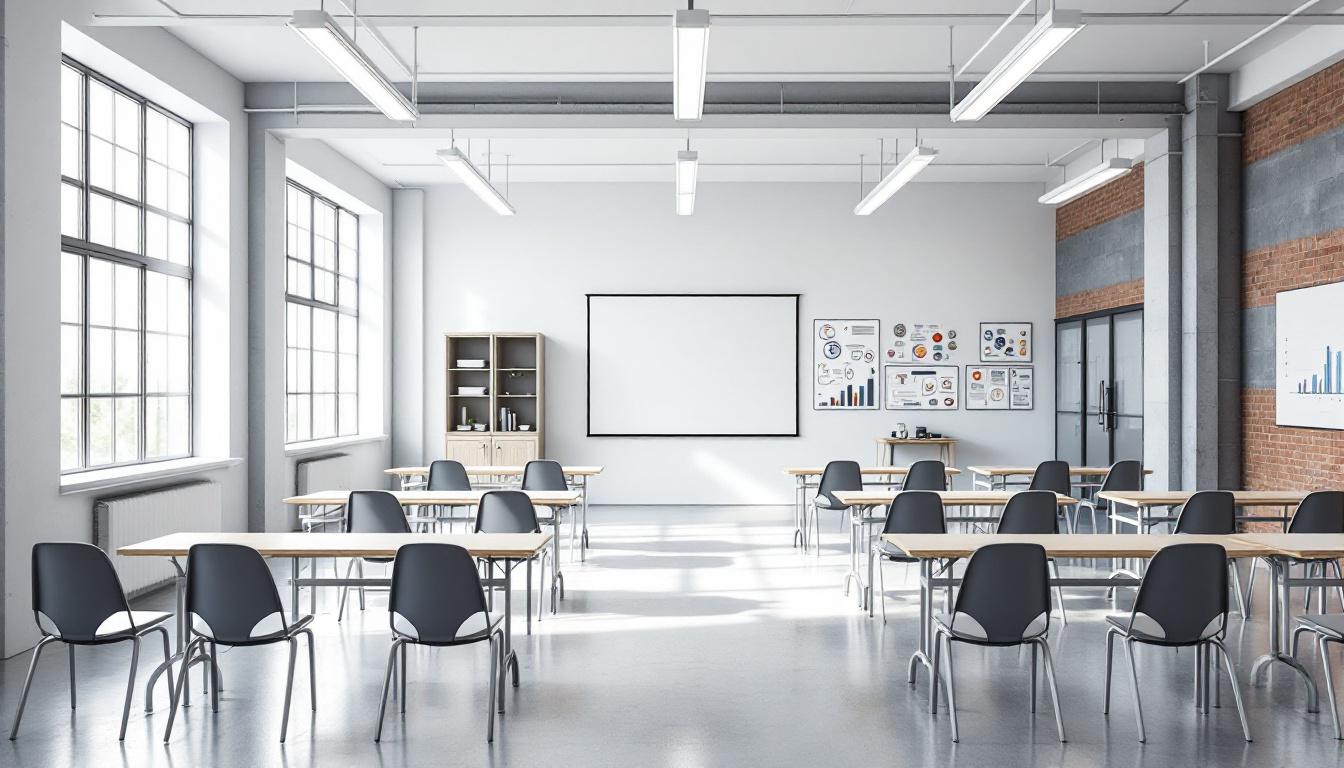
About Tri-County Community Corrections
Strengthening community safety while fostering individual transformation remains at the heart of what Tri-County Community Corrections, MN accomplishes throughout the greater Crookston area. This correctional facility operates as an integral component of Minnesota's broader justice system, typically serving individuals from the surrounding tri-county region through evidence-based programming and comprehensive support services. The facility generally emphasizes a holistic approach to corrections, recognizing that effective rehabilitation often requires addressing multiple aspects of an individual's circumstances and needs.
Located in Crookston, this MN correctional facility may offer various programs designed to support successful community reintegration. Inmates services commonly include educational opportunities, vocational training, substance abuse counseling, and mental health support, though specific programming often varies based on individual assessments and available resources. The facility typically maintains connections with local organizations and service providers, helping to create pathways for individuals transitioning back into the community. Staff generally work to address underlying factors that may contribute to criminal behavior, while also focusing on developing practical skills and support networks that can promote long-term success.
The correctional facility's approach to rehabilitation often extends beyond traditional incarceration models, potentially incorporating community-based alternatives and graduated sanctions when appropriate. This comprehensive framework typically allows for more individualized responses to different circumstances and risk levels, while maintaining public safety as a primary consideration. Through these varied approaches, Tri-County Community Corrections generally serves as both a secure facility and a resource for positive change within the Crookston community and surrounding areas.
Programs & Services
Personal growth and transformation form the cornerstone of rehabilitation services at Tri-County Community Corrections, where inmates engage in comprehensive programming designed to address underlying issues and build essential life skills. The facility typically emphasizes a holistic approach to rehabilitation, recognizing that successful reintegration requires addressing educational gaps, developing marketable skills, and healing from past trauma. Through evidence-based practices and structured support systems, inmates may participate in services that promote accountability, self-awareness, and positive behavioral change.
Educational services often include basic literacy instruction, GED preparation, and adult learning opportunities that help inmates complete their high school equivalency requirements. These academic programs may provide individualized instruction to accommodate different learning levels and styles. In addition to this educational foundation, vocational training services typically offer hands-on skill development in various trades and industries, helping inmates acquire certifiable job skills that enhance their employment prospects upon release. These practical training opportunities often focus on in-demand career fields and may include both classroom instruction and supervised work experience.
Support services encompass a range of therapeutic interventions designed to address the complex needs of the inmate population. Chemical dependency treatment services typically provide both group and individual counseling to help inmates overcome substance abuse issues that may have contributed to their criminal behavior. Trauma-informed care approaches are often integrated throughout programming, recognizing the significant impact of past trauma on decision-making and behavior patterns. The facility may also offer restorative justice services that encourage inmates to take responsibility for their actions and understand the impact of their crimes on victims and communities. Additionally, recycling programs often provide meaningful work opportunities while teaching environmental responsibility and contributing to facility operations.
Daily Life & Visitation
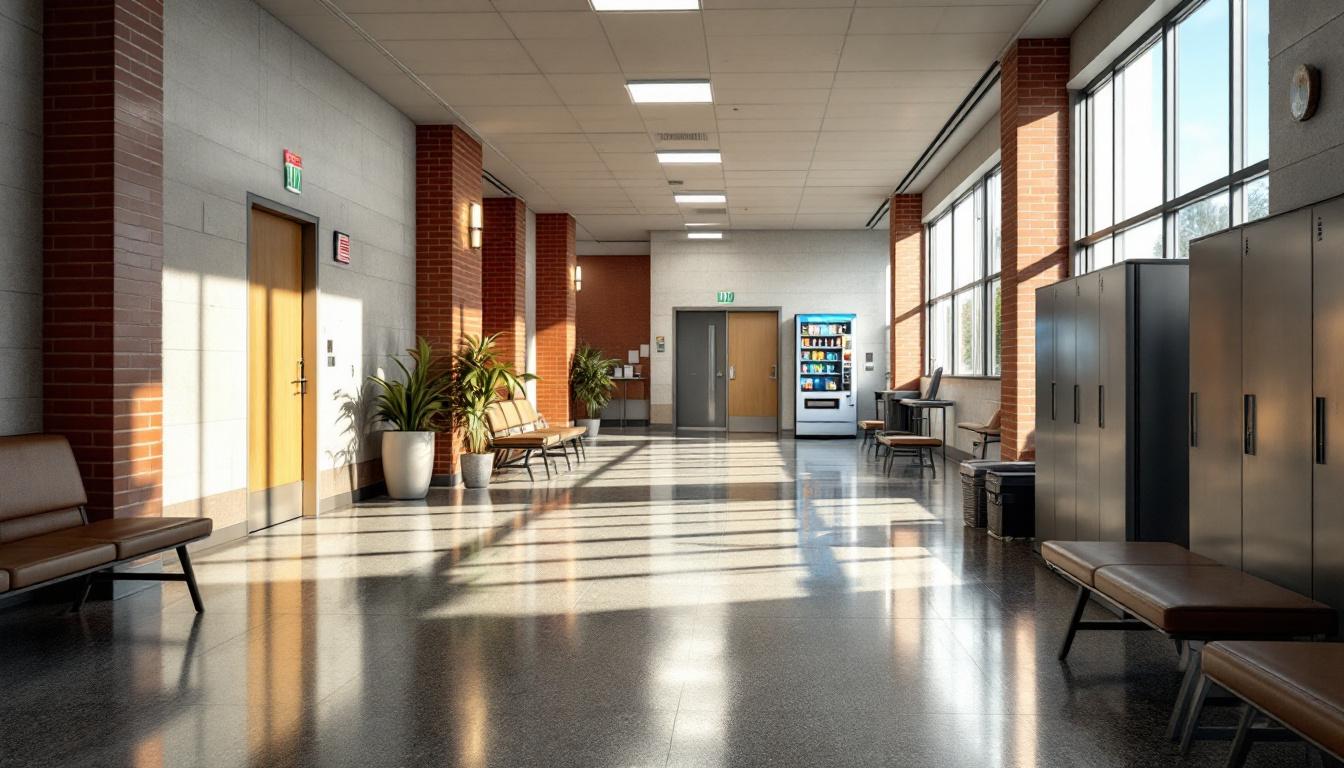
The housing units at Tri-County Community Corrections feature dormitory-style accommodations where inmates share living spaces with multiple roommates. Daily routines currently begin with early morning counts and continue through structured programming schedules that typically include work assignments, educational opportunities, and recreational periods. Inmates generally adapt to this environment by establishing personal routines within the facility's framework, often finding ways to maintain connections with family and pursue personal development goals.
Living conditions in the facility provide basic amenities including shared bathroom facilities, common areas for socializing, and designated spaces for meals and recreation. Inmates typically sleep in bunk beds within dormitory settings and may store personal belongings in assigned lockers or storage areas. The dining arrangements usually involve scheduled meal times in a central cafeteria, where inmates gather for breakfast, lunch, and dinner. Despite this structured environment, many inmates find opportunities to personalize their living spaces within facility guidelines and develop supportive relationships with fellow residents.
In addition to this basic living structure, the facility generally offers various programs and activities that provide meaningful engagement throughout the day. Work assignments may include kitchen duties, maintenance tasks, or clerical support that help inmates develop job skills while contributing to facility operations. Recreation and exercise opportunities typically feature outdoor time, indoor activities, and access to basic fitness equipment. Family connections continue through scheduled visitation periods and phone privileges, while commissary services usually allow inmates to purchase personal items and snacks. These elements work together to create an environment where inmates can maintain family relationships and work toward rehabilitation goals during their time at the facility.
Ready to Connect?
Start communicating with your loved one today
Search for an Inmate
